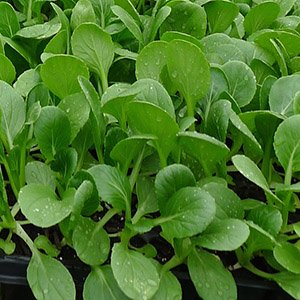
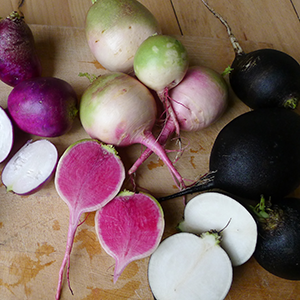
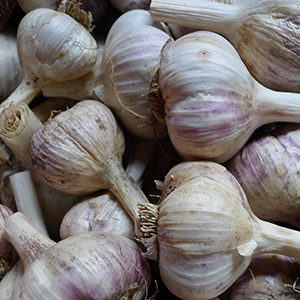
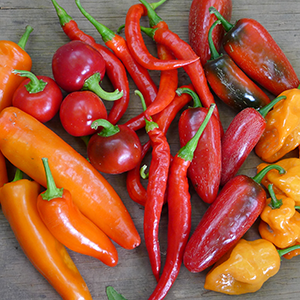
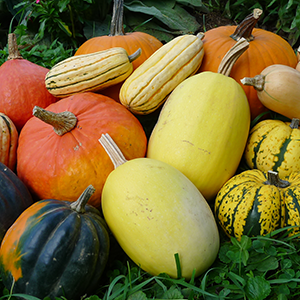
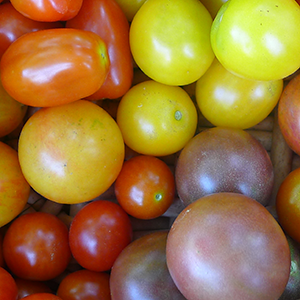



News and Notes | The Anchor Run Blog
Displaying a Single Post |
Show Recent Posts
September 17, 2017
Covering the Equinox
By Derek McGeehan
Covering the Equinox
By Derek McGeehan
By this time of year a significant portion of the fields that grow our produce is already growing another type of crop that is fundamental to the health of our soil: a cover crop. It's a fairly generic term but is so important and vital to continued soil health and improvement that it warrants continual conversation, experimentation, and observation (and photos). We consider cover crops to be 'green manure' because they're a good substitute for traditional manure thanks to their ability to photosynthesize the sun's light energy and they're returned to the soil unharvested.
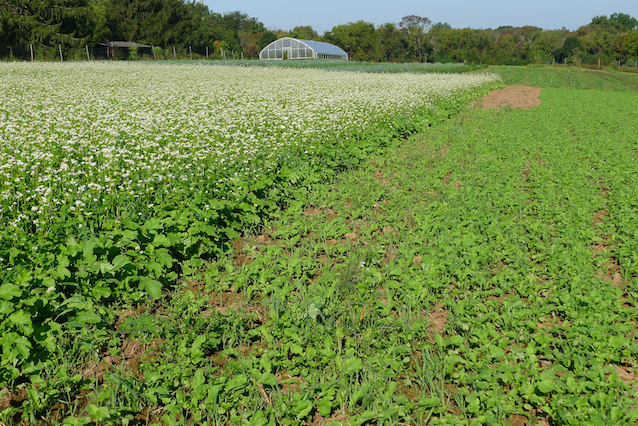
Above, a cover crop mixture of buckwheat, daikon radish, oats, and crimson clover was sown on August 11th and is next to the same mixture sown a few weeks later on August 29th. The older mix was sown after onions and the 3rd succession of summer squash and cucumbers. The younger mix was sown after the 1st planting of watermelon and the 2nd succession of summer squash and cucumbers. Because we use a tractor mounted spin spreader to sow the covers we wait until a minimum of 6 contiguous beds are empty of their cash crops.
The benefits of cover cropping were lodged into our brains a decade ago when we were aspiring new/young farmers. Over that succeeding decade we've developed and adapted a cover cropping scheme that works really well for us here, both in terms of our farming schedule and crop plan and probably most importantly in soil health and improvement. Along the way there was much trial by error and certain species were removed from out list of options. We still make some mistakes and learn, such as by allowing last year's buckwheat to go to seed and then dealing with the subsequent weed pressure of those volunteers this year.
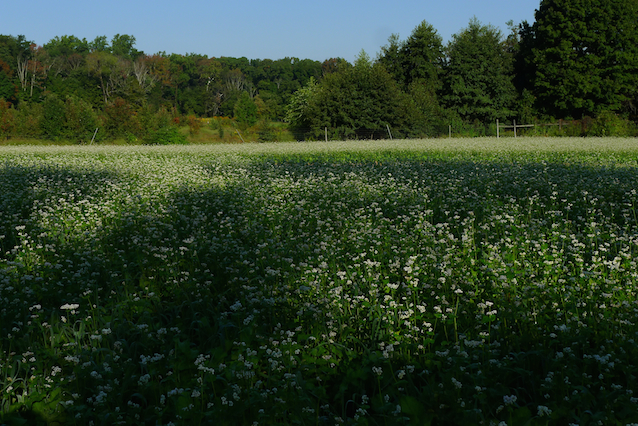
Above, this is an early morning scene of our favorite mix of buckwheat, daikon radish, oats, and crimson clover also sown on August 11th.
Sometimes it helps to work backwards when deciding on the species to sow. Ask: What are we planning to use this ground for later this season, next season, and does it need a long-term fallow rest? Later intentions help determine what to sow now. We've refined what we grow to a half dozen species: grasses/grains like oats, buckwheat, winter rye; legumes to fix nitrogen like peas and crimson clover; and a lone brassica, the mighty daikon radish. Our predominant fall/winter mix is buckwheat, oats, daikon, and crimson clover, mostly because everything but the clover dies off over the winter leaving the ground very usable in the spring. Depending on when we sow the clover it also dies in the winter. If we sow it mid-September or later it tends to regrow and flower profusely in late April or early May.
So, in relatively simple terms, our goals with a cover crop are: to protect the soil from compaction and erosion; scavenge for, incorporate, and then slowly release nutrients in the soil; transfer atmospheric nitrogen into the soil; flower to attract pollinators and beneficial insects; smother weeds; produce organic matter; and leave the soil in good condition for mild tillage in the spring.

POSTS BY TYPE
POSTS BY MONTH

